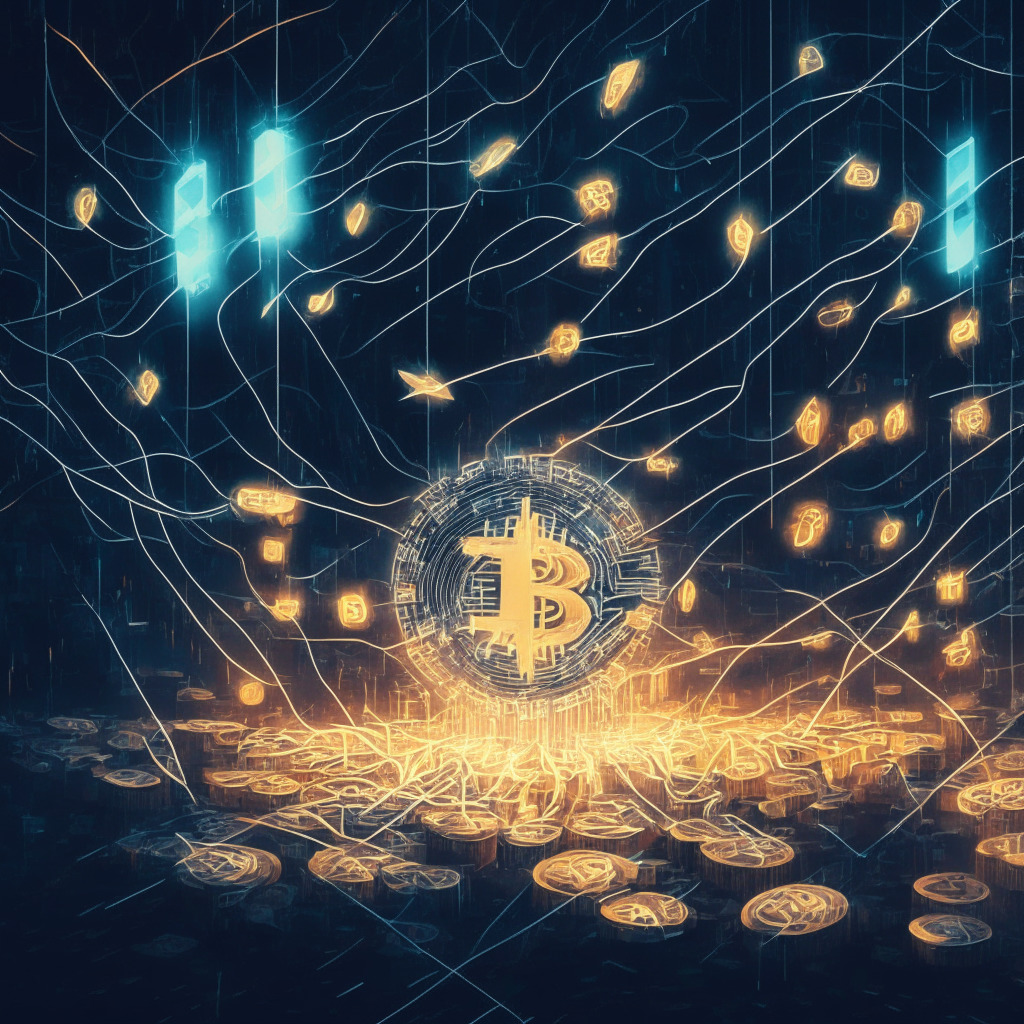The frenzy around artificial intelligence (AI) technology has seen exponential expansion in the last few years, sparking conversations around oversaturation. As we’ve observed the market trends, it’s ostensible that AI’s golden age is now on the verge of being saturated to capacity due to the recent proliferation of AI tools and solutions.
Indeed, the tech landscape always extends past the probability of adaptability. Distinct examples of these periods of intense growth were evident with the dot-com bubble in the late ’90s and the massive surge of initial coin offerings (ICOs) in 2017. In both instances, the hype was momentary; companies with merely an internet-based presence or those underpinned by blockchain saw a fast-tracked depreciation in value due to the lack of practical application and a surplus of speculations.
Nonetheless, the AI era differs fundamentally from its predecessors. With the integration of AI into the products of companies such as Microsoft and Google, the technology has undeniably displayed its practicality and capacity to enhance multiple industries.
This technological gold rush persistently attracts numerous AI-driven startups and tools, with venture capital throwing billions at these companies. These actions, reminiscent of the ICO burst, however, offer an essential differentiator: the many use cases and successful real-world applications of AI, rather than mere hype.
Notwithstanding the high valuations and rapid growth, concerns stand around the AI market’s possible overheating. Contrasting views exist among thought leads like JPMorgan’s chief markets strategist, Marko Kolanovic, and Leif-Nissen Lundbæk, founder and CEO of generative AI company Xayn. While one voicing worries about an “AI-driven bubble,” the other emphasizes the market’s infancy and potential for sizeable production cases.
Amidst the influx of newcomers and potential for market saturation, Michael Koch, Co-founder, and CEO of HubKonnect, argues that this saturation serves as the birthplace for future innovations. He asserts that AI’s saturation ensures the advancement of the industry and the persistence of a handful of elite players dedicating themselves to AI’s future.
The swift evolution, high estimations, and incoming trail of AI players have induced discussions around market saturation. However, the wealth of AI’s potential runs wide and deep, with its impact echoing of practical and transformative approaches. The challenge now is to strike that elusive balance between fostering rapid growth and promoting sustainable development.
Source: Cointelegraph




